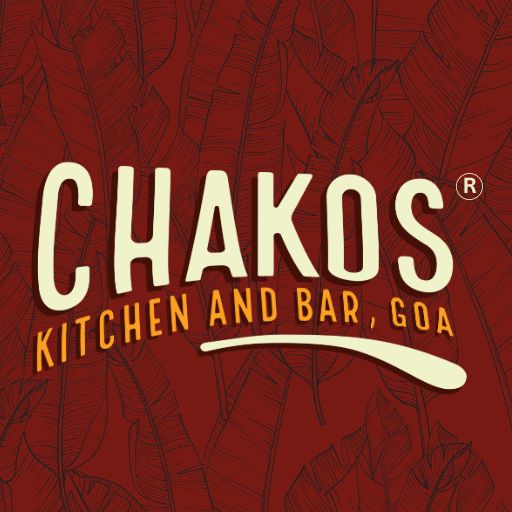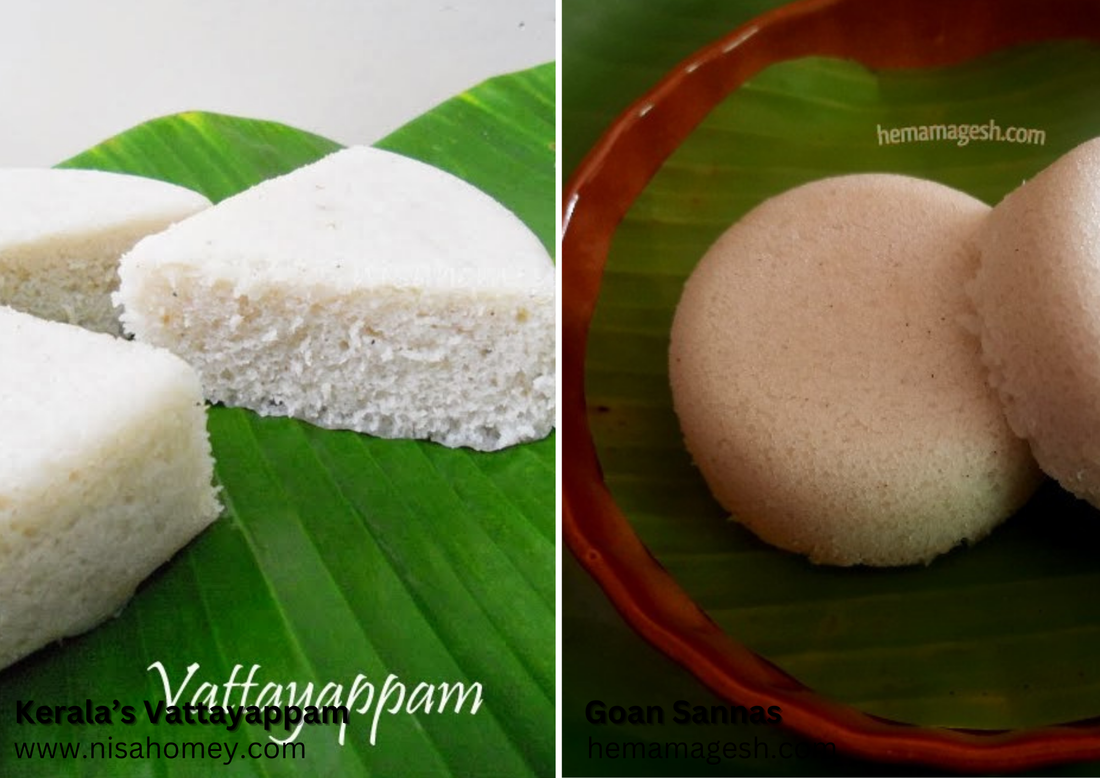6 commonalities in Kerala and Goan cuisine!
At first glance, Kerala and Goa may seem worlds apart - Kerala, the verdant land of backwaters and ayurveda in the South of India, and Goa, the beach paradise known for its parties in the West. However, beneath the surface, these two coastal states offer SO much more, and also incidentally share striking similarities that bind them in a unique cultural, historical, and culinary tapestry.
A Fusion of Cultures
The history of trade and colonization has left both Kerala and Goa with rich, hybrid cultures. Kerala’s spice trade attracted Arab, Chinese, and Portuguese, Dutch, and British traders, leaving a mark on its cuisine, architecture, and festivals.
Similarly, Goa’s Portuguese influence is evident in its architecture, feni-making traditions, and even its music.
Both Nature’s Paradise
Nature lovers find solace in both destinations. While Kerala boasts tranquil backwaters, lush hill stations, and expansive paddy fields, Goa enchants with its pristine beaches, serene rivers, and verdant plantations.
The Western Ghats connect the two states, providing a shared biodiversity hotspot that is home to unique flora and fauna.
Naturally, this also makes them both popular tourism and hospitality locations, with tourism being one of the backbones of both economies.
Coastal Charm + Religious Plurality and its Influence on Kerala and Goa Food
The coastlines of Kerala and Goa define much more than their geography, they also shape the heart of their cultures, cuisines, and lifestyles. While each state has its unique identity, their shared reliance on the Arabian Sea, tropical produce has resulted in some striking culinary similarities.
Seafood as the Star

In both Kerala and Goa, the sea provides an abundant bounty that takes center stage on their plates. Fish curries, prawn masalas, and crab delicacies are staples. Kerala’s Meen Pollichathu (fish wrapped and grilled in banana leaves) and Goa’s Rava Fried Fish (crispy semolina-coated fillets) showcase how fresh, locally caught seafood is treated with reverence. Similarly, prawns shine in Kerala’s creamy Chemmeen Curry and Goa’s tangy-spicy Prawn Balchao.
Coconut: The Common Thread

Coconut, in its myriad forms, is the backbone of both cuisines. Kerala integrates coconut as grated flesh, milk, and oil in dishes ranging from vegetable thoran to fish curries. Goa, similarly, uses coconut milk to create its iconic Xacuti and sweets like Bebinca.
Kokum and Kudampuli: Tangy Twins

The souring agents in these cuisines are also such a unique coastal connection. Goa leans heavily on kokum, a dried fruit with a deep red hue and tangy flavour and Kerala uses kudampuli (Malabar tamarind) for a similar effect in its legendary fish curries, like Meen Curry.
Rice as a Foundation

Rice is a way of life in Kerala and Goa. Both states celebrate rice in diverse forms.
In Kerala, puttu (steamed rice cakes) and idiyappam (string hoppers) accompany curries, while Goa’s pulaos and sannas (fermented rice cakes) play similar roles.
Interestingly, Kerala’s Vattayappam (steamed sweet rice cake made with fermented rice batter) and Goa’s Sannas are strikingly similar, with both featuring a delicate sweetness and fluffy texture, often paired with festive meals or toddy.
Toddy: The Brew of the Coast

Toddy, a fermented drink made from coconut sap, is a cultural staple in both Kerala and Goa. Known as kallu in Kerala and sur or neero in Goa. Interestingly Toddy is also used as an ingredient to ferment dishes like appam in Kerala and sannas in Goa.
Beef: A Commonality

Despite broader taboos in India, beef is embraced in Kerala and Goa, reflecting their pluralistic histories and religious diversity. In Kerala Beef fry with parotta is an iconic dish enjoyed by all communities and in Goa dishes like Beef Vindaloo and Beef Croquettes are staples in Catholic households.
Both Kerala and Goa are united by their love for slow-cooked, flavorful food that celebrates the natural abundance of their surroundings. Meals served on banana leaves, the artful use of spices, and the balance of flavours from tangy to spicy, have given us all so much to love and crave. Together, they tell a story of a shared heritage steeped in the tides of history.

